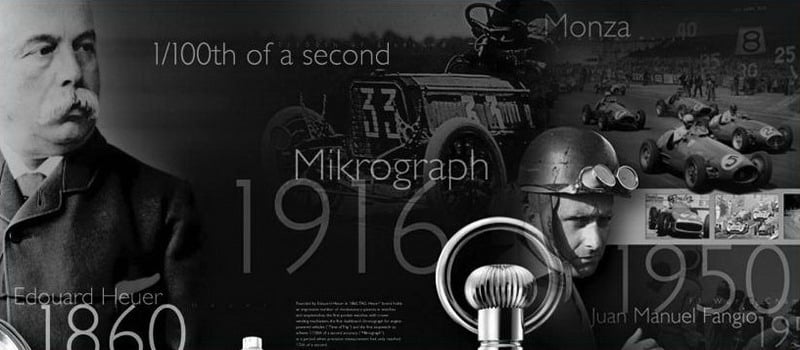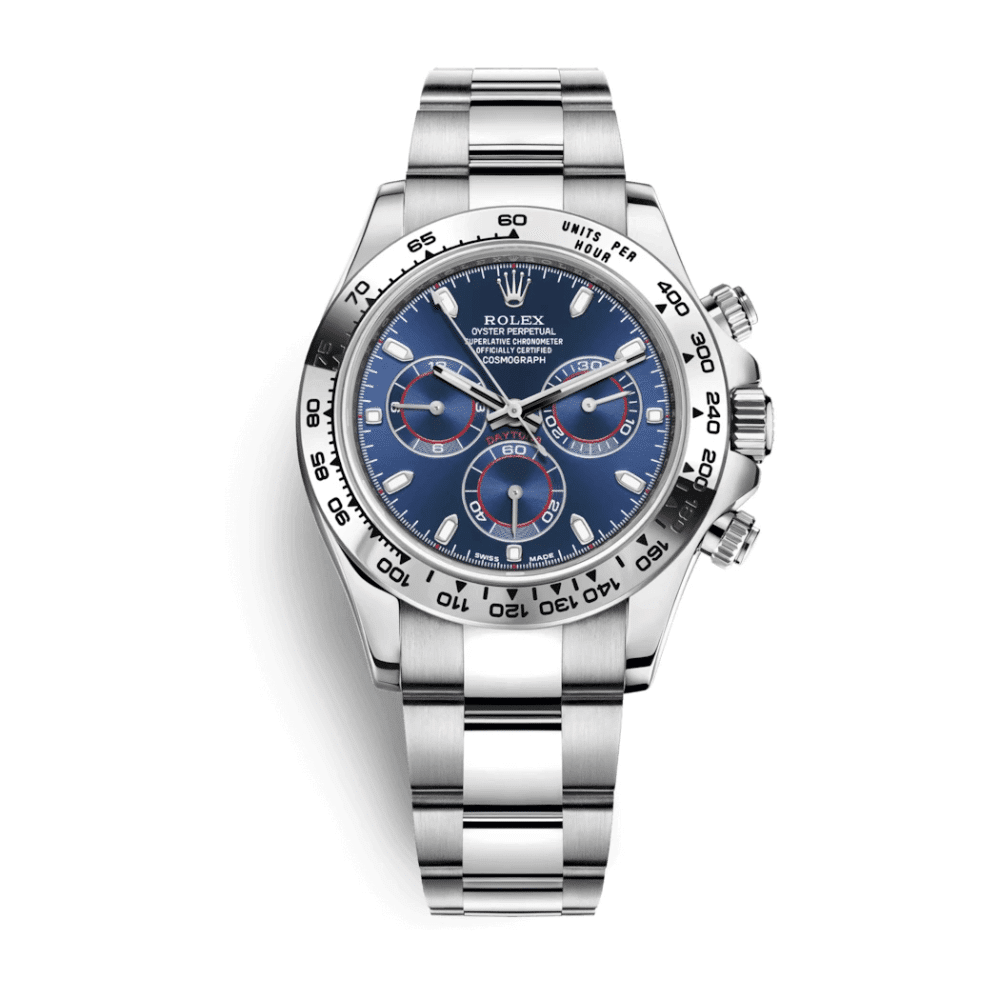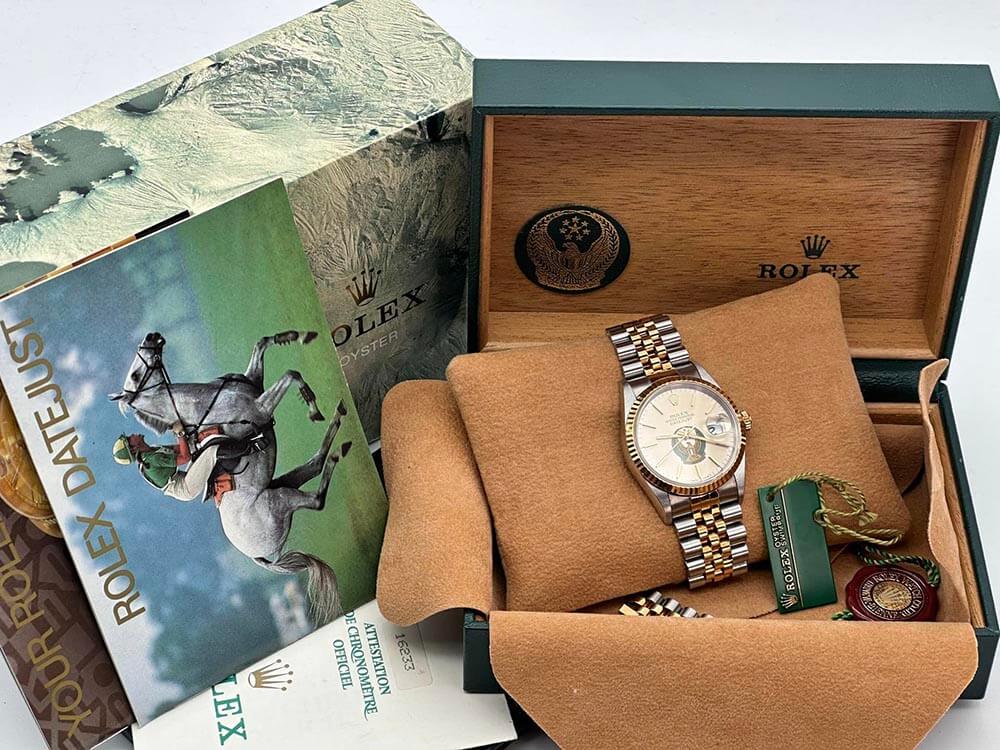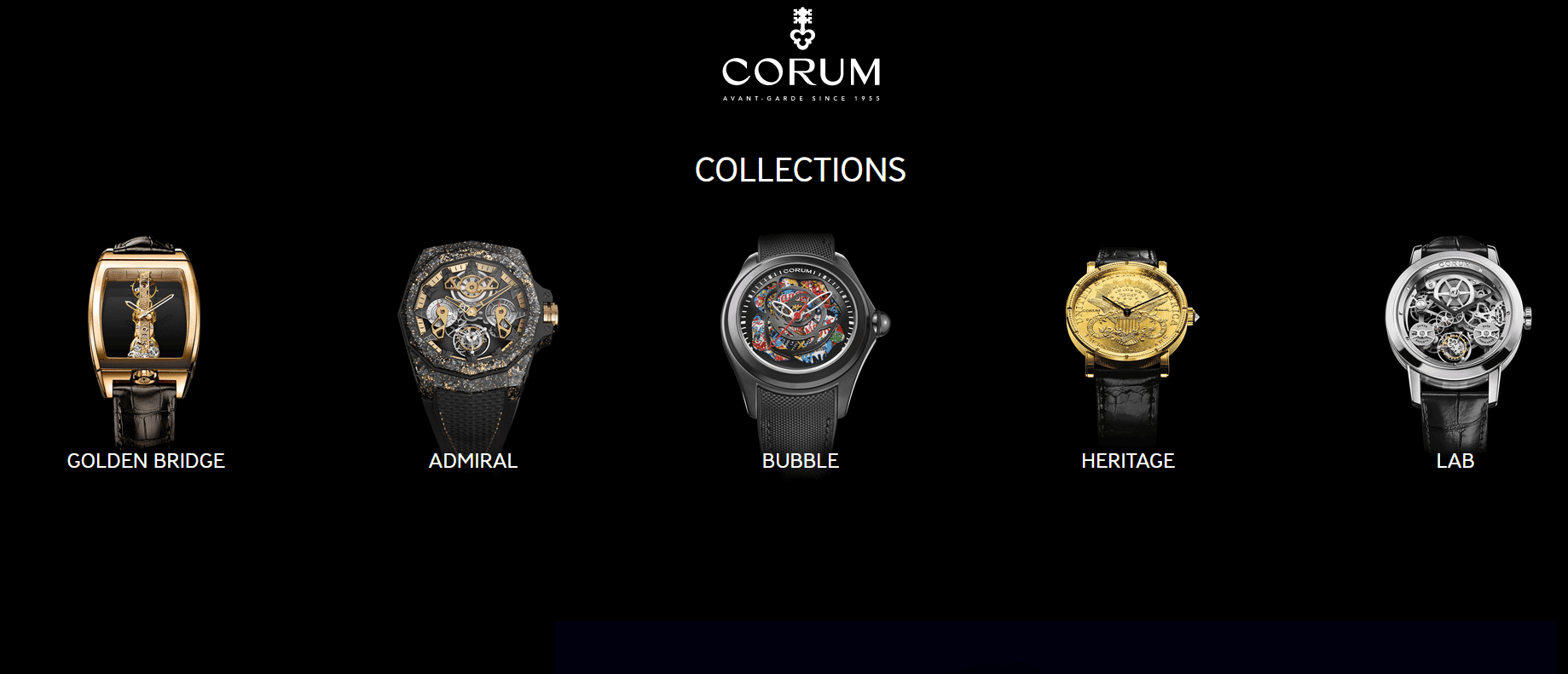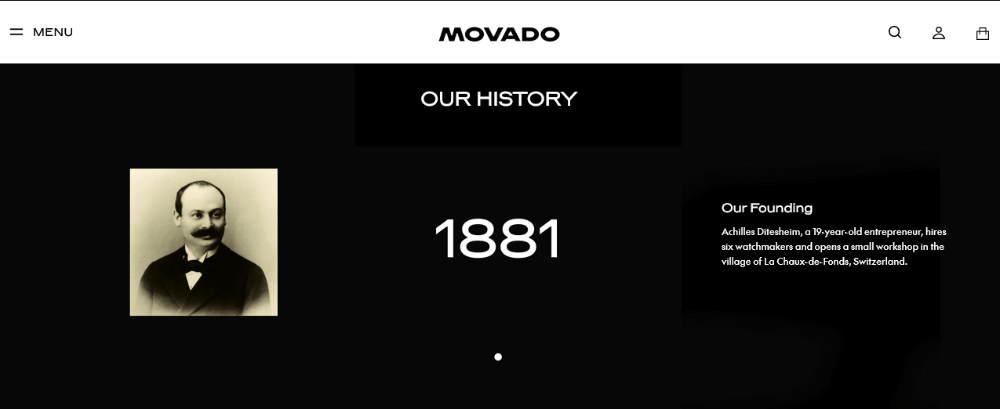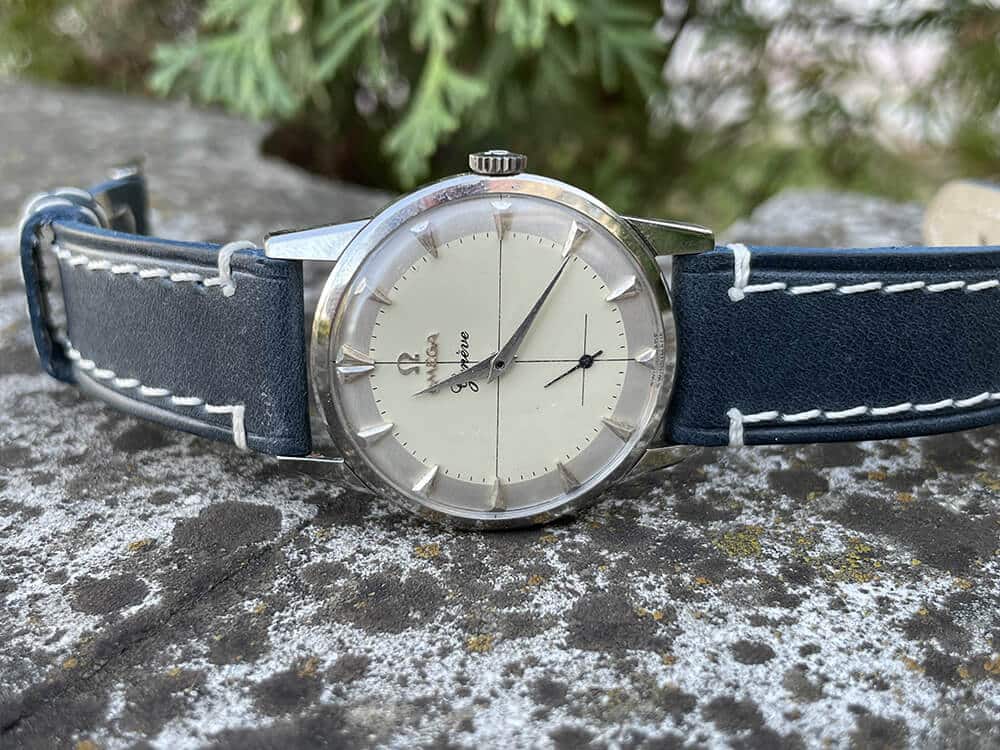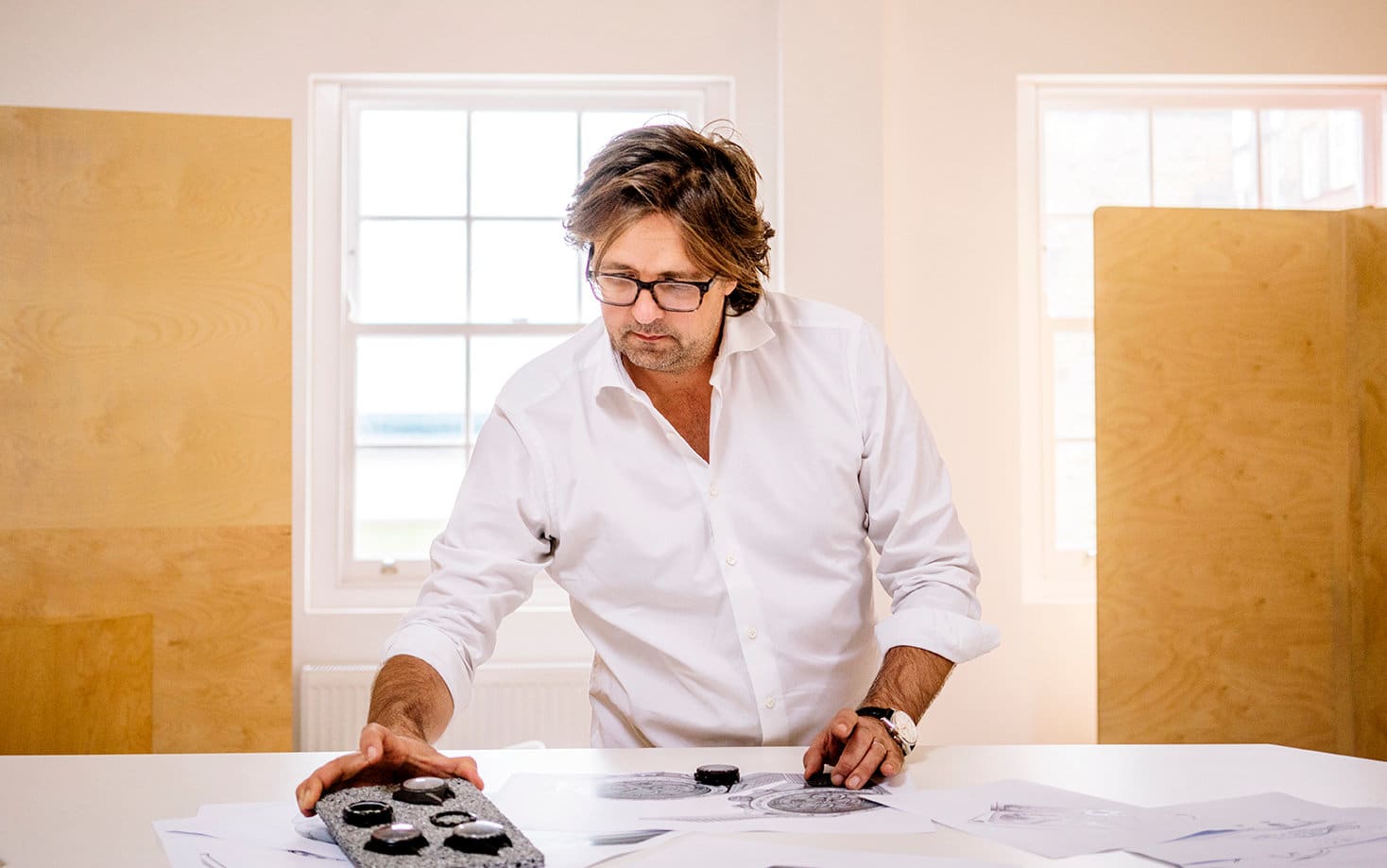In 1960, Edouard Heuer24 is the founder of a watchmaking workshop in St-Imier.
In 1887, the story of the brand really starts with the invention by Heuer of the famous “oscillating pinion” that is still used by major watchmakers for mechanical chronographs.
The association of TAG Heuer watches and car racing has always been prominent and the love story, that seems to be never ending already started at the beginning of last century.
In fact, the first automobile dashboard clock was developed in 1911.
In 1933, Heuer launches the AUTAVIA, the first dashboard stopwatch for racing cars followed in 1969 by the first automatic chronograph with a microrotor mechanism.
By the end of the 1970s the company is struggling to survive as electronic watches are flooding the market. In 1982, the company is taken over by some suppliers and the Piaget family who owned 97% of the shares. But this situation was not to last: in 1985 the acquisition of a majority stake by TAG25 (Techniques d’Avant-Garde) gave the company a new life and a name: TAG Heuer.
Three men from the Boston Consulting Group, including Christian Viros, future CEO of the company, are mandated to restructure TAG Heuer: in the end they take the lead of the company. Arrived in 1986, Christian Viros and the top management decided, in order to survive and be profitable, to reposition the brand on a new niche.
Therefore, they transitioned from a manufacturer producing technically sophisticated watches and chronographs to a luxury watch manufacturer putting a greater emphasis on the esthetics and on “avantgarde” design.
Old product lines were gradually dropped as new product lines came on-line. Progressively nearly all the previous model names were substituted by numbers. So out were the Carrera’s, Kentuckys, Pasadena’s, and in were 1000’s, 1500’s, 2000’s, 3000’s, 4000’s, 6000’s, S/EL’s, etc.
This strategy was accompanied with a strong outsourcing policy. In 1996, TAG Heuer enters the Swiss stock market. The price of the share drops from 245 CHF at his introduction to 73 CHF in October 1998. Again, Tag Heuer has many debts and needs liquidity.
Finally, in mid September 1999, TAG Heuer joined LVMH, the world’s leading luxury group. The cost of the transaction sums around 1.2 billion Swiss francs.
TAG Heuer is now, in LVMH’s watchmaking business unit, the only company that is breaking even.
References:
Vintage Heuer Triple Chronograph Watch ref. 2446 2nd Execution 1964
Heuer “Monaco” Watch – 1968
